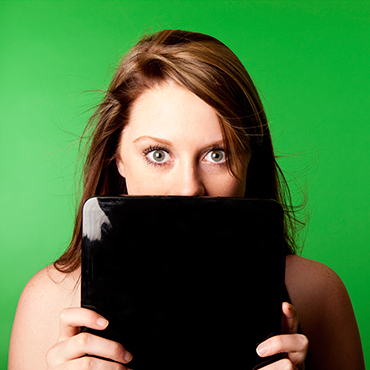You’ve got a 1000-page textbook staring you down. You are on page one. And you’ve got six months to finish it. Where do you begin?
Last week, I covered taking notes using a variety of systems. This week, let’s focus on how to read an enormous textbook in a short period of time. If you are striving for an A+, systems for reading textbooks matter.
The only ingredients needed for this recipe are eyeballs, a voice recorder, a music player, a timer, and, of course, a textbook.
Here is a strategy for reading textbooks:
- Break down the length of time it’ll take to read each chapter. For instance, if you’ve got 20 chapters and six months to read them, you’ll need not only time to read each chapter, but also time to take notes, memorize the chapter, and prep for exam(s).
- So, if you have six months to read the textbook, plan to have it all read with notes taken and memorized by the five-month point. That way you can go over your notes with the aim of power memorization within the last month. That means you’ll have read 20 chapters in five months. That means you should read one chapter, take notes, and memorize that chapter within one week’s time. Give yourself two days to read, three days to take notes, and two days to memorize.
- When reading a textbook, set a timer for 30 minutes. When the timer goes off, set it for a ten-minute break. Use this break to engage in an activity you love. This break will keep you at mental peak performance so you can run the reading marathon without collapsing.
- If you can, read your textbook out loud. Reading out loud will increase your retention significantly. Even better, make recordings of yourself reading it aloud. Better still, although a bit creepy, play the recordings on loop while you sleep. Even though playing recordings while you sleep sounds strange, according to an audio book I am listening to, a surprising number of people do listen to music while they sleep. I used to play Buddhist CDs while I slept. After about a month of doing this, I could recite portions of the CD from memory.
- Start by reading the Table of Contents, the prolog, the forward, even the dedications. This will give you a feel for the author and book contents. It’s like sneaking a peek at a blind date’s social media profile. It let’s you know what you are getting into, ahead of time, and reduces confusion.
- Look at the back material of the book. Does it have definitions, a prolog, an index. Peer through these elements, taking extra care with exploring the index.
- Then flip through the book, reading each chapter heading and getting a sense for how many pages are involved in each chapter. Also, while skimming, get a sense of the structure of each chapter. Does the chapter have clearly marked sections, pictures, and end-of-section questions? Take note as you quickly flip through.
- You are now ready to start with the first chapter. You’ll follow this model for each chapter. First, run your finger down each page of the chapter as if drawing a long “S” shape down the page, noting any words that capture your attention along this “S” line. This surprisingly stores more information into your short-term memory than you may realize.
- Then read the titles, headings, and all subheadings, ignoring the rest. But do also spend time peering at the charts, pictures, tables, end-of-section summaries, and bolded definitions.
- After this, go back, read the headings and subheadings along with the first few sentences and concluding few sentences of text underneath each heading and subheading.
- Finally, go back and read the whole chapter. At this stage, you should be somewhat familiar with the content. It’s like going on a date with a friend rather than with a blind date. It removes a lot of the fear.
Once you learn the tips for reading books, you’ve got an edge.
But how do you mark up, take notes, and memorize your textbook? That, my friend, is the subject of another Cookbook.



